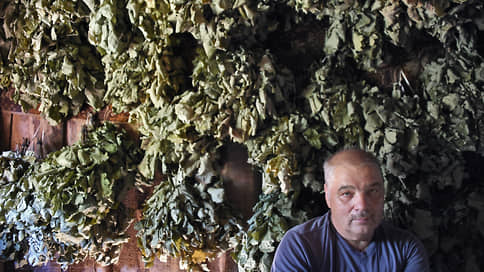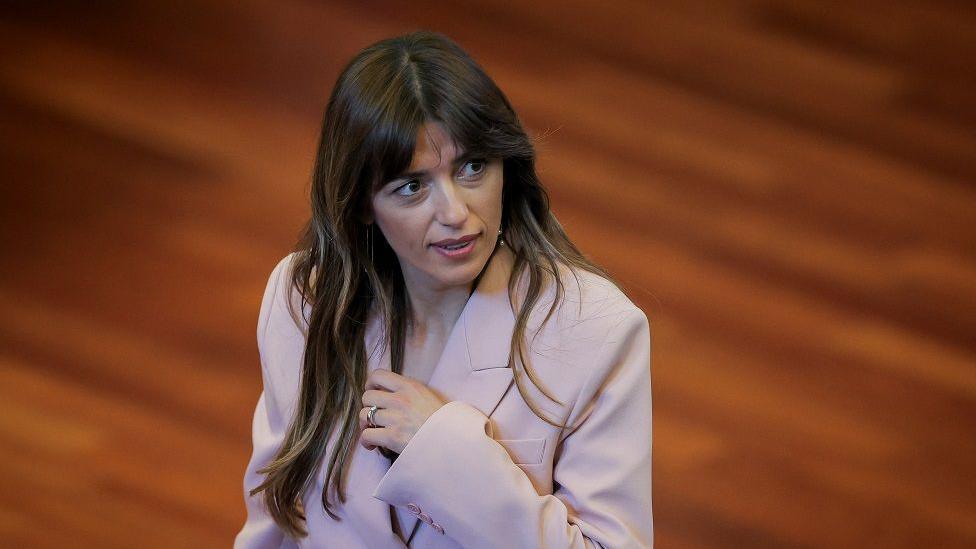How does a dandelion suddenly turn into such a white fluff?
/s3/static.nrc.nl/images/gn4/stripped/data132592698-864fe3.jpg)
It is almost just as mysterious metamorphosis as the caterpillar that pupates to butterfly: the bright yellow dandelion that transforms Until a white fluff. After a few days of bloom, the flower folds its chalice, a week later it will open again, and tadáá! The two hundred seeds float away on the wind, worn by white parachuts. Where have the yellow petals gone – and where suddenly all that fluff comes from?
Here we first have to help some misunderstandings. The ‘chalice’ is not a chalice at all, as with a rose or violet. And the ‘flower’ is not one flower, but a composite, a composite flower, which consists of such such Two hundred loose yellow flowers. The green ‘skewers’ underneath, which clap up at night and after flowering to protect the flour, are bracts.
The flowers themselves are also different from the standard flower. With a rose or violet, beautifully colored crown leaves grow around the heart to lure insects. Below are the skewers, which are usually green and protect the petals when they are still in the button. It is different with the many flowers of the dandelion. These ribbon flowers: With each flower, five long yellow petals have grown into a ribbon, with – for those who look very closely – five more dots at the end.
At the bottom of each ribbon is a fruiting principle, with a style, pestle and a piece of stamen that makes pollen grains.
Ragfijne, transparent hairs
And now it comes: there is a chalice on the transition from the fruit principle to the yellow crown: a racky, transparent hairs upstairs. That consist of Artificial nanob. Pure cellulose. Together they are white, just like the hollow, transparent hair of the polar bear: They scatter all the sunlight. You can already see them if you pulse a flowering dandelion – or even a starting button. It is these hairs that will soon form the parachute.
But first the fruit principle must grow into fruit. For many plants, fertilization is required for this. Not with dandelions: they make their seeds especially unfavorable (sexless), so they cloned themselves. ‘Fruit’ is also a confusing term in the dandelion, just like with a beech or chestnut: with these trees – and also with many plants – the fruit is dry and hard. One, a single seed is loose in it, without flesh around it. In those cases, botanists speak of a ‘nut’ instead of a ‘fruit’, also with flower plants. We call that ‘seed’ in plants.
While maturing the dandelion nut, a super thin stalk grows above that the folded hair wreath pushes up. Together all the hair wreaths, compressed in the closed ‘chalice’, also push the yellow petals up. They shrink in the meantime. After a few days, the first white hairs from the ‘chalice’ sting out – still with a brown crumpled plug on it: the remains of the wilted yellow leaves. They fall off quickly.
The ‘chalice’ then opened open for the last time and reveals the masterpiece: the two hundred ripe, dry, upright nuts, each with a stalk on it – and then the folded wreath of transparent nano bean hairs. Ready to be lifted: by the wind or by child breath.

:format(webp)/s3/static.nrc.nl/wp-content/uploads/2025/04/03093842/data130211470-ba9889.jpg)
/s3/static.nrc.nl/wp-content/uploads/2025/05/22061231/WASHINGTON-SHOOTING-ISRAEL_68025076.jpg)
/s3/static.nrc.nl/images/gn4/data132605571-45d4a8.jpg)




